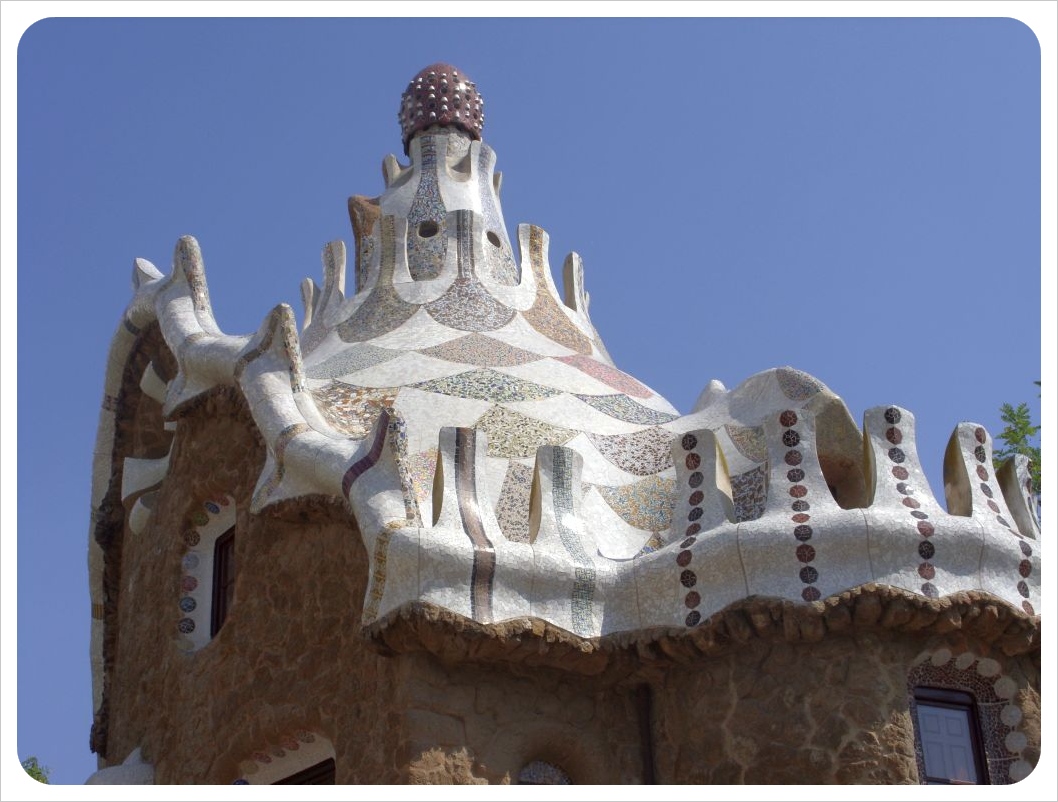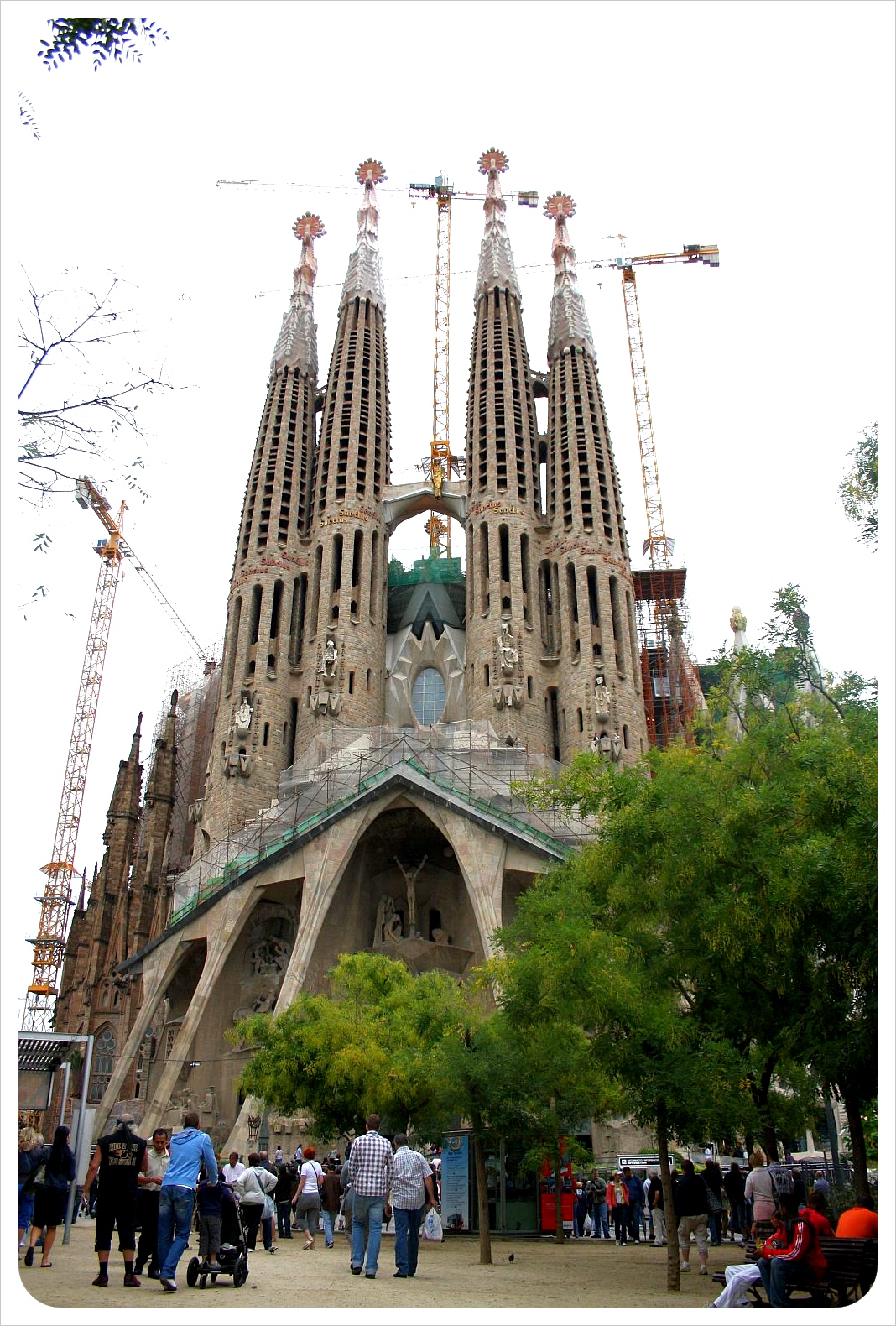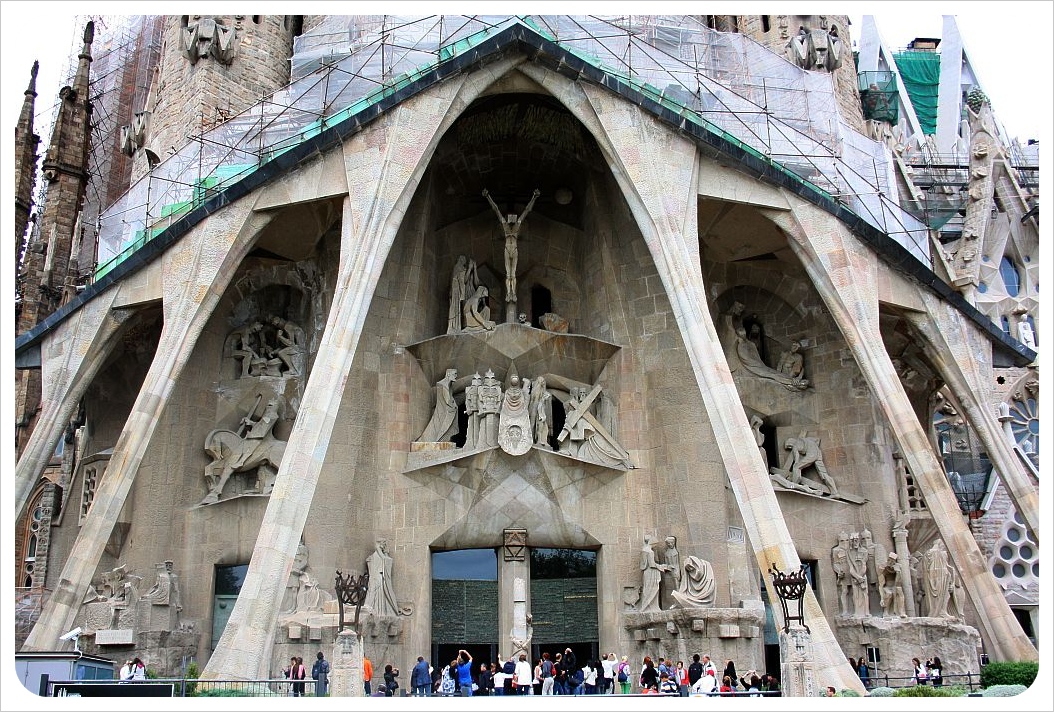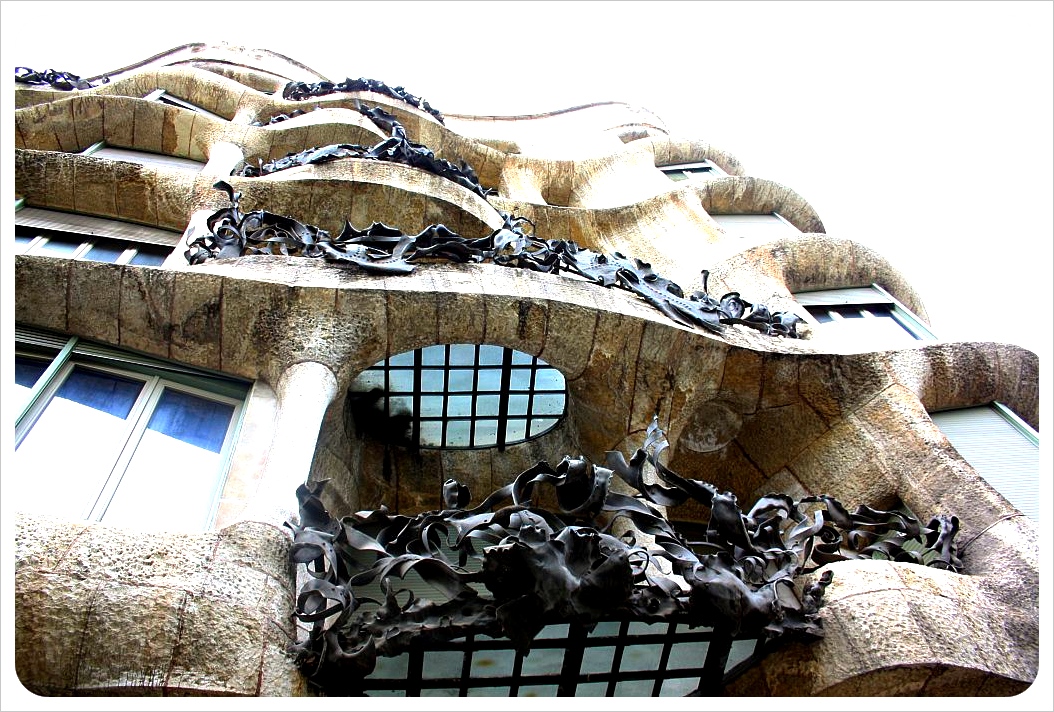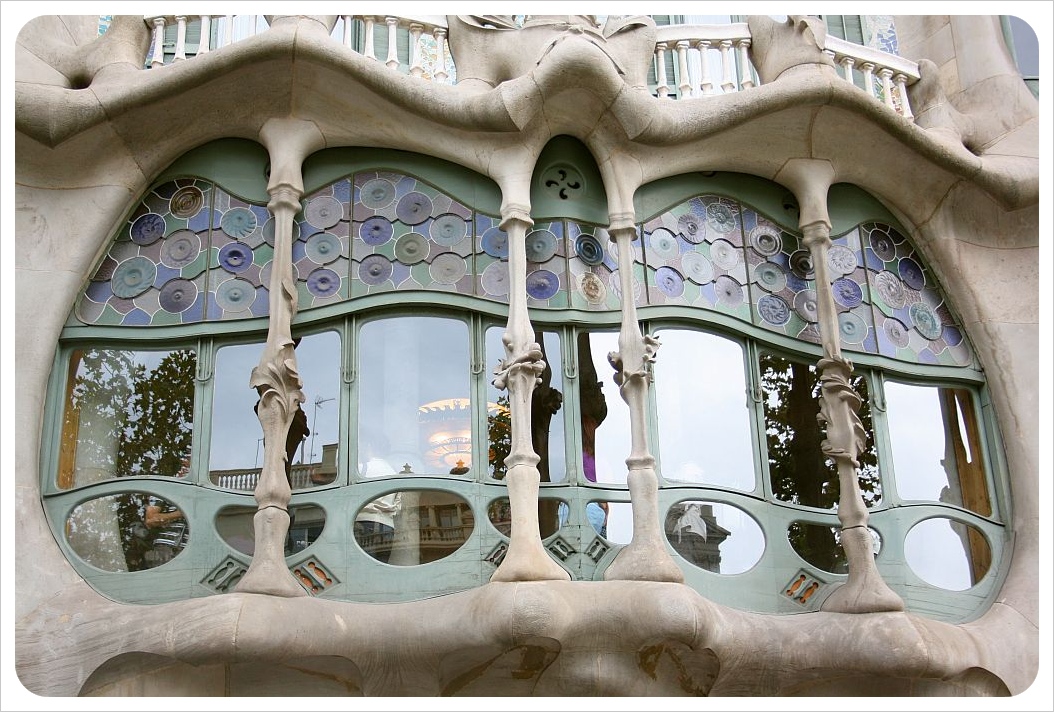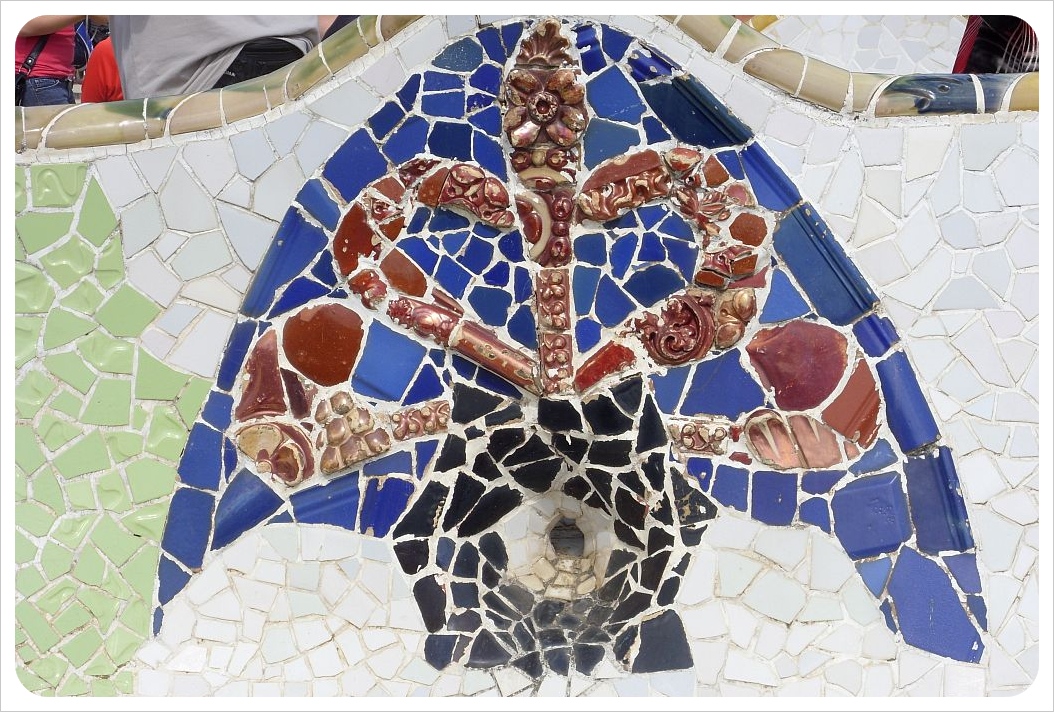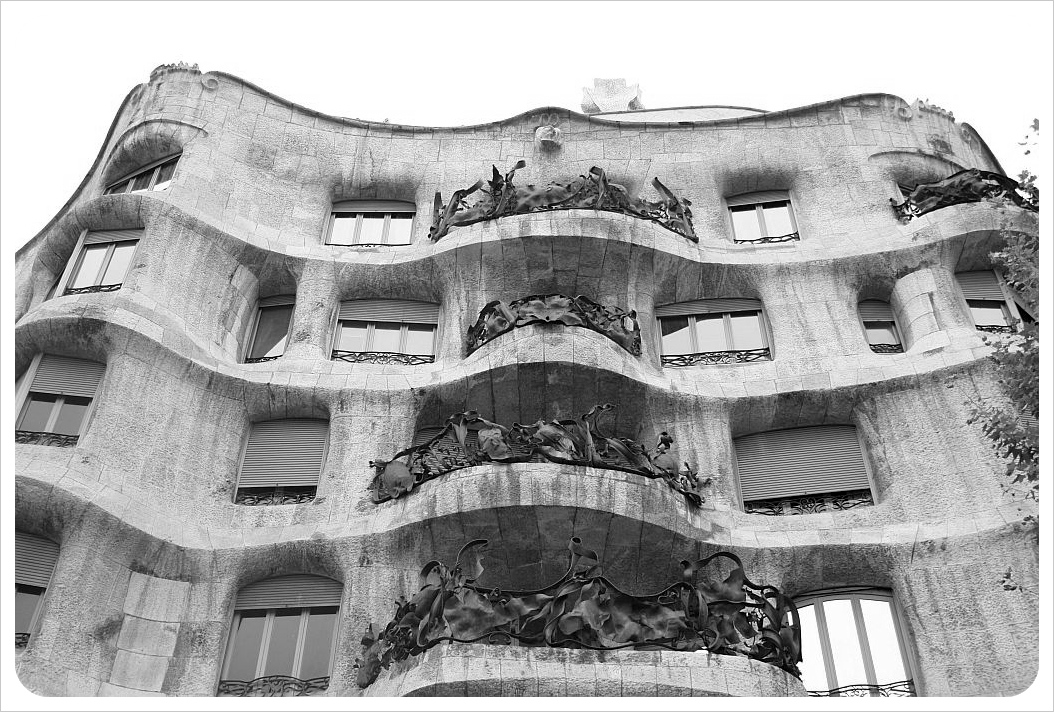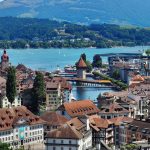Last Updated on March 16, 2024
Any itinerary for exploring Barcelona, Spain, should include a visit to La Sagrada Familia, one of the most notable (and controversial) buildings in the entire world. The still-as-yet-unfinished church, which has become the symbol of Barcelona, has been called everything from the greatest architectural achievement of all time to the strangest, most hideous building in the world. If you’re a Gaudí fan, you won’t stop at La Sagrada Fimilia though – there’s so much more of Gaudí in Barcelona. Here is a primer to help you plan your Gaudí-themed trip:
Gaudí in Barcelona
The Sagrada Familia was designed by Antoni Gaudí, a Spanish architect credited with extending the concept of modern architecture and developing a new style, largely influenced by nature and organic forms. However, his style defies any definition, making his buildings some of the most imaginative and unusual anywhere in the world. For a student of architecture or anyone interested in art, Barcelona is a veritable treasure trove of Gaudí’s work, well beyond the Sagrada Familia.
Gaudí: “God’s Architect”
Born in 1852 in Spain’s Catalunya region, Antoni Gaudí began studying architecture in his early 20s, after completing his compulsory military service. He wasn’t a good student and often failed his classes, but when he received his degree, the headmaster noted that Gaudí could in fact be a genius.
Signs of that genius weren’t exactly obvious in his early work, which included lampposts and newsstands, but as word of Gaudí’s talent grew, so did his commissions — including the Sagrada Familia, a project that began in 1882. By the turn of the 20th century, the influence of nature on his work became more prevalent. It was at this point that he worked on projects including Park Guell, Casa Milá and Casa Batlló, some of his most iconic works.
It’s the Sagrada Familia, though, that is most emblematic of Gaudí’s growth and the changes in his style. The early parts of the building maintain a more classical, neo-Gothic style, which evolved into a more modern style as construction progressed. He also began incorporating additional crafts into his designs, including ceramics, stained glass and ironwork, and he developed new techniques for using materials, such as trencadis, which used waste ceramic pieces.
As Gaudí’s talent grew, so did his faith, and much of his work incorporates religious imagery. He lived a life of piety and simplicity, despite the grandiosity of his designs, choosing to devote himself to God and his profession, which resulted in the nickname “God’s architect.” In fact, despite his wealth, Gaudí maintained a shabby, almost dishevelled appearance, leading many to mistake him for a beggar.
His appearance may have inadvertently contributed to his death. In 1926 he was struck by a tram, and thanks to his appearance, mistaken for a beggar he was only given basic medical care. By the time he was recognized and doctors determined he could afford treatment, it was too late.
Must-See Gaudí Masterpieces in Barcelona
While the Sagrada Familia should be at the top of any Barcelona tour itinerary, there are other notable Gaudí landmarks to explore as well.
Sagrada Familia
Gaudi’s masterpiece, which is scheduled to be finished in 2026, in time for the 100th anniversary of its creators death, is already a UNESCO World Heritage site and the most prominent structure in Barcelona’s skyline. Sagrada Famlia was proclaimed a minor basilica by Pope Benedict XVI on a visit in 2010, and is without a doubt one of the most impressive religious buildings in the entire world. Construction began in 1892, but Gaudi only took over as its main architect in 1893, after the original architect Francisco de Paula del Villar resigned. Gaudi continued the project combining Gothic and Art Nouveau forms, a unique building style unlike any other church.
If you are a fan of Gaudi’s work, you can’t miss seeing the inside of this spectacular building – you won’t regret buying a ticket. The intricate details are well worth seeing for yourself, and if decide to invest in a guide, the additional commentary is worth every penny.
Here are some of the ticket options:
- Sagrada Família Skip the Line Tour & Entry Ticket (around US$49)
- Sagrada Familia: Fast-Track Access Guided Tour (around US$53)
- Fast-Track Sagrada Familia and Towers Guided Tour (US$70)
- Sagrada Familia and Park Güell with Hotel Pickup (US$107)
- Gaudí Walking Tour with Sagrada Familia Ticket (US$64)
Park Guell
With more than 17 hectares, Park Güell is one of the largest green spaces in Barcelona, and it’s save to say that there’s no other park like it in the entire world. The park contains stone structures, unusual buildings, terraces and mosaics, all inspired by nature. It is one of Gaudi’s masterpieces, and if you love his architecture, don’t miss this spectacular park.
You have to book tickets for Park Güell in advance, and these are your options:
- Regular admission ticket (around $15)
- Skip-the-line admission ticket with guided tour (around $23) – definitely the best value for money because having someone explain the vision behind the architecture to you will undoubtedly enhance your experience
- Gaudi Combo Ticket: Skip-the-Line Sagrada Familia & Park Güell Tour (around US$58)
There’s also the Gaudi House Museum, located within Park Güell, which is Gaudi’s former home and has a lot of his personal belongings and rare objects. In early 2024, the museum was closed for renovations – I recommend to check the website to see if it is open again, or to buy tickets when you are in Park Guell.
Casa Batlló
 From the street, this unusual building, designed for aristocrat Josep Batlló, looks as if it was constructed from bones and skulls. The façade uses colors inspired by marine life, and the entire structure is a shining example of the use of natural light in architecture. The home can be toured, and advance ticket reservations are recommended.
From the street, this unusual building, designed for aristocrat Josep Batlló, looks as if it was constructed from bones and skulls. The façade uses colors inspired by marine life, and the entire structure is a shining example of the use of natural light in architecture. The home can be toured, and advance ticket reservations are recommended.
Your ticket options for Casa Batllo include:
- Casa Batlló Entry with Self-Audioguide Tour (around US$38)
- Casa Batlló Be The First Entry Ticket – exclusive early morning visit with limited number of visitors. (around US$49)
- Discover Gaudi Architectural Guided Tour – with Casa Calvet, Casa Batlló, and Casa Milà, and more. (from US$45)
- All-in-One Tour – Old Town + Gaudí Architecture with Gothic Quarter, Gaudí’s “Passeig de Gracia”, and other sights (from US$33)
Casa Milá
in 1906, when the home was commissioned, Casa Milá was controversial, as Gaudí eschewed the traditional building style of flat, rectangular walls in favor of an undulating façade punctuated by wrought iron balconies and decorations. Casa Milá is also known as Le Pedrera, which means “the stone quarry”, because of its unusual shape. It is one of the world’s most famous buildings, which was declared UNESCO World Heritage in 1984, and it has been fully restored to its original glory.
If you’d like to visit Casa Mila, these are your ticket options:
- La Pedrera-Casa Milà Ticket & Audio Guide Option (around US$30)
- La Pedrera Night Experience – visit Casa Mila after dark and experience a unique audiovisual show on the rooftop of La Pedrera, plus a glass of cava at the end. (around $42)
- Casa Batllo & Casa Mila Guided Tour with Tickets (around US$170)
- La Pedrera Sunrise Guided Tour – see Casa Mila with a small group at 8am, before regular visitors are allowed. (US$43)
Casa Calvet and other Gaudi attractions
While these are among the most notable of Gaudí’s works in Barcelona, other sites to consider visiting include Casa Calvet as well as the museum of Gaudí’s life and work in Park Guell. This 2.5-Hour On the Trail of Gaudí E-Bike Tour (US$39) stops at Casa Calvet, which is located in the Eixample neighborhood.
The works of Antoni Gaudí are unlike any others in the world — and certainly worth exploring when visiting Barcelona. Even if you aren’t a student of architecture, it’s easy to appreciate the shapes, colour and style used by this legendary designer. 

